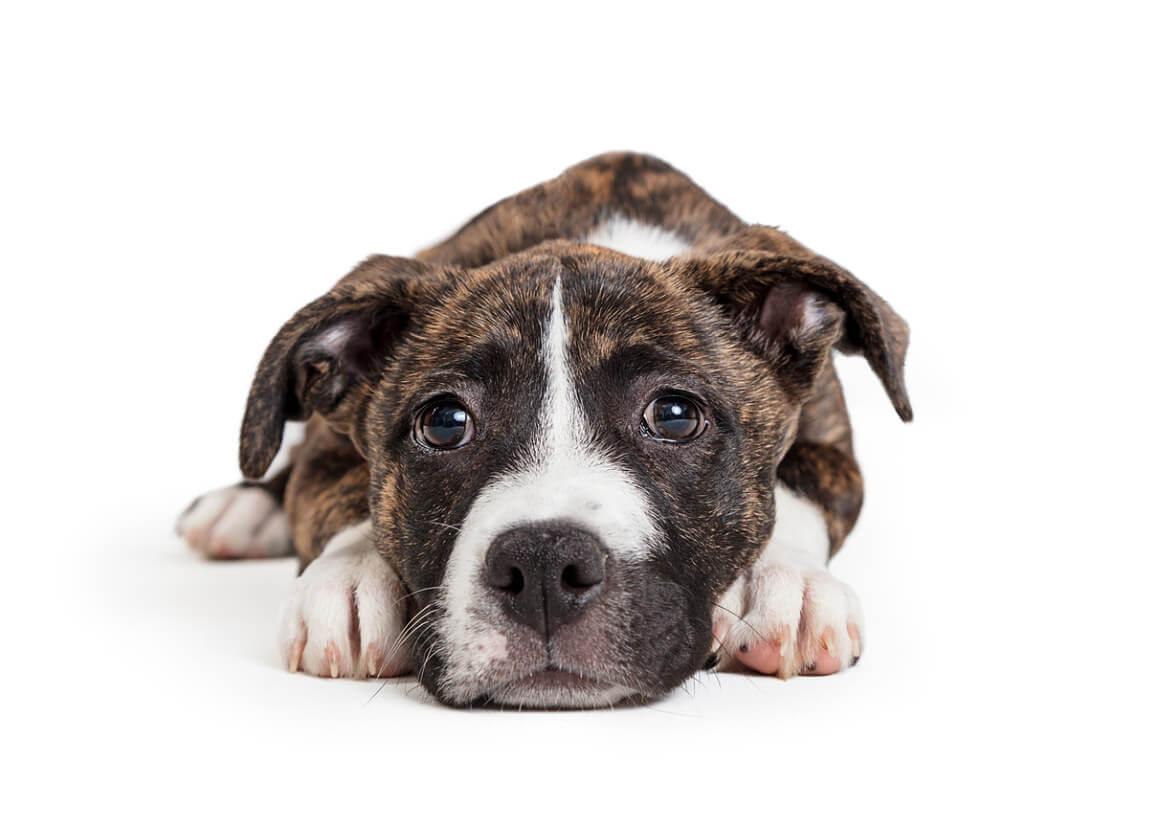Oh, fright – a swelling on the dog’s belly! Dog owners who discover a lump on their four-legged friend’s stomach are worried. An umbilical hernia is often the cause of the swelling, especially in puppies. Depending on its size, this can be dangerous – find out below what there is to be aware of around the umbilical hernia in dogs.
What is an Umbilical Hernia in the Dog (Puppy)?
Experts also refer to an umbilical hernia as an “umbilical hernia” or “umbilical hernia”. It is a gap or tears in the abdominal wall through which tissue can leak out. This creates a visible and palpable protuberance under the skin, the hernial sac. Experts also refer to the cracks as the “break gate”. Hernias are intestinal hernias that also occur in other parts of the body.
In dogs, for example, an inguinal hernia (inguinal hernia), a diaphragmatic hernia (thoracic hernia), or, especially in males, a perineal hernia can occur.
Causes of the Umbilical Hernia in the Dog

After the birth, the mother female bites the umbilical cord of the puppies. A small residue remains, dries up, and falls off after a few days. In some four-legged friends, the umbilical cord cavity does not close during this time, which can lead to an umbilical hernia. This is why puppies are particularly often affected by an umbilical hernia. It is estimated that 5 to 10 percent of all puppies have an umbilical hernia in the first few weeks of life, which in many cases heals spontaneously. Risk factors for an umbilical hernia are:
- genetically larger navel opening;
- genetically determined weak connective tissue;
- injuries;
- pregnancy.
An umbilical hernia can occur in any dog. Some breeds have a slightly higher tendency to do this. These include:
- Airedale Terrier;
- Basenji;
- Pekingese;
- Yorkshire Terrier.
Symptoms: Recognizing the Umbilical Hernia in the Dog
Most dog owners notice the hernia as a bulge on their dog’s belly. The size varies, the protuberance is at best soft and flexible. Warning: if the structures contained in the fracture are injured, it can feel hard and painful. In puppies, the protuberance is often easy to see when the dogs are standing. If the four-legged friends are lying on their backs, they slide back into the interior of the abdominal cavity. The environment can feel warm. Only the veterinarian can make a reliable diagnosis.
Does an Umbilical Hernia Grow in Puppies?
In many puppies, an umbilical hernia heals spontaneously. But to be on the safe side, your four-legged friend should go to the vet. Because how dangerous an umbilical hernia depends on what slips outwards, into the hernial sac. While the hernia is still small in puppies, the pressure on the crack increases with age. It can enlarge so that more tissue gets into the hernial sac. For puppies, the recommendation applies: If the hernial gate is larger than a fingertip, present the dog to the vet immediately!
Because the bigger the gap, the more dangerous the umbilical hernia becomes.
How Dangerous is an Umbilical Hernia for the Dog?
If the contents of the hernial sac are only fat, this is not necessarily dangerous. However, it can cause pain and inflammation in the dog.
If a section of the intestine slips into the external hernial sac, it becomes life-threatening.
The intestinal section can be pinched off from the blood supply and die – there is an acute danger to the dog’s life! If an umbilical hernia is suspected in an adult dog, you should make an appointment with the vet as soon as possible. Hard and painful umbilical hernias are a veterinary emergency – go to the nearest veterinary practice or clinic immediately.
How to Treat an Umbilical Hernia in Dogs
The umbilical hernia grows out in many puppies – a veterinarian should assess whether waiting is a good option. If the umbilical hernia is still visible after the age of six months, an operation will help. This is also required in adult dogs who have an umbilical hernia. During this operation, the veterinarian relocates the tissue that has slipped outwards back into the interior of the abdominal cavity. Then he sews the hernial gate shut. The operation is performed under general anesthesia. Mostly it is a routine procedure from which the dog recovers quickly.
What does an umbilical hernia surgery cost in dogs?
The costs for an umbilical hernia operation in dogs vary, but you can expect up to $150. Depending on the extent of the operation, up to $900 can be charged for an adult dog.

